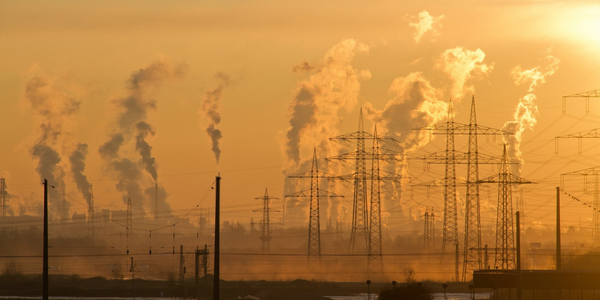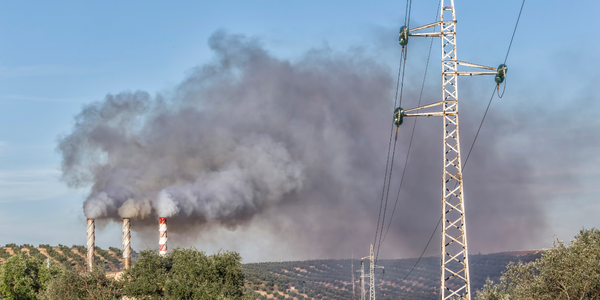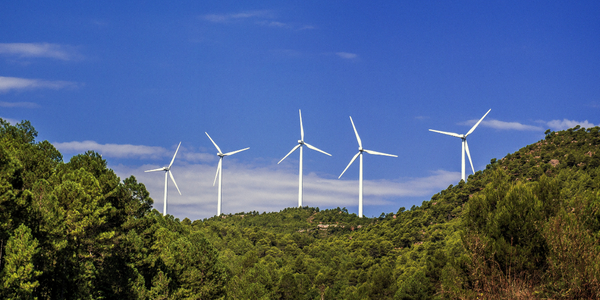下载PDF
Green School Cistern

技术
- 功能应用 - 远程监控系统
- 传感器 - 流量计
- 传感器 - 液位传感器
适用功能
- 设施管理
用例
- 室外环境监测
挑战
丹佛绿色学校想要一个优化的雨水收集系统,以消除潮湿天气的排放并保留用于灌溉的水。
客户
丹佛地区学校
关于客户
-
解决方案
OptiNimbus 应用于一个 3,000 加仑的地上蓄水池,从 7,300 平方英尺的屋顶区域收集径流,创建了一个优化的先进雨水收集系统。该系统提供了重要的研究数据,提供了灌溉用水,并让年轻学生参与了绿色基础设施技术的未来。
收集的数据
Water Flow Rate, Water Level, Water Meter Readings
运营影响
相关案例.

Case Study
Vestas: Turning Climate into Capital with Big Data
Making wind a reliable source of energy depends greatly on the placement of the wind turbines used to produce electricity. Turbulence is a significant factor as it strains turbine components, making them more likely to fail. Vestas wanted to pinpoint the optimal location for wind turbines to maximize power generation and reduce energy costs.
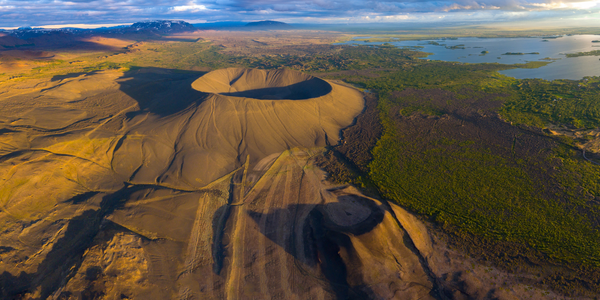
Case Study
Predicting Eruptions in the Masaya Volcano with wireless Sensors
Volcanoes are one of the most unpredictable and impressive natural phenomenons. Worldwide researchers and scientists have always been trying to discover what happen inside volcanoes to predict future eruptions that will save lives. Their activity has provoked along years great disasters destroying entire settlements with lava flows and also endangering the environment or human health due to gas emanations or ash falls. Some vulcanologists are currently focused on working with the latest technology to monitor in real-time everything that happens inside and outside the crater to predict eruptions. Qwake, a global brand that merges ground-breaking scientific expeditions with cutting edge technology to drive positive change, has trusted in Libelium technology to develop a wireless sensor network in the Mouth of Hell, Masaya volcano in Nicaragua.
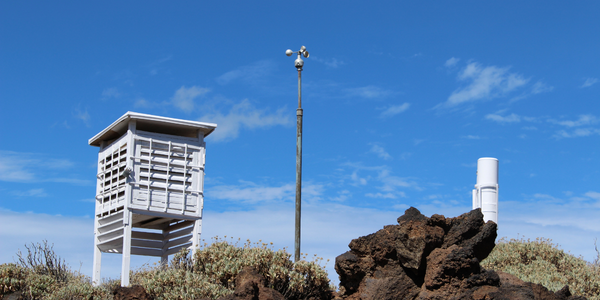
Case Study
Monitoring Unmanned Weather Stations
Unmanned weather stations play an essential role in the effort to analyze and predict the world's ever-changing weather patterns. The unmanned stations collect and store large amounts of weather data and then download the data at regular intervals to a back-end host for analysis and long-term storage. The computing device housed in the weather station must be robust enough to work continuously for long periods of time while exposed to a wide range of temperatures. It should also be able to collect readings from various sensors that use different data transmission protocols, and have the capability to store large amounts of data.





